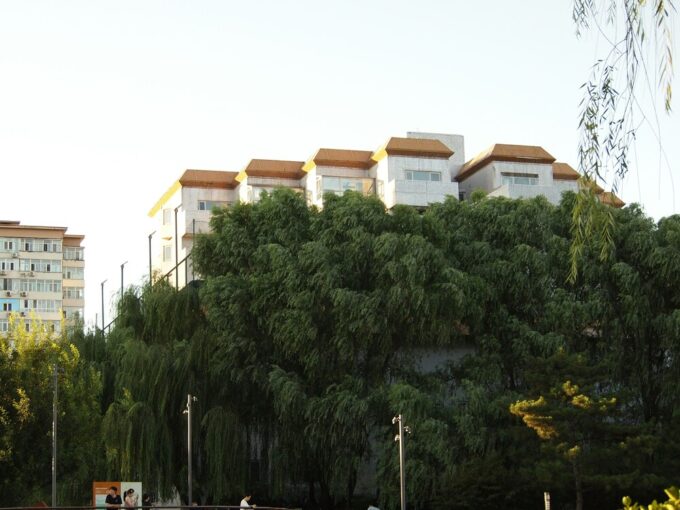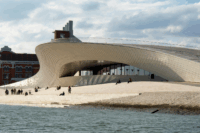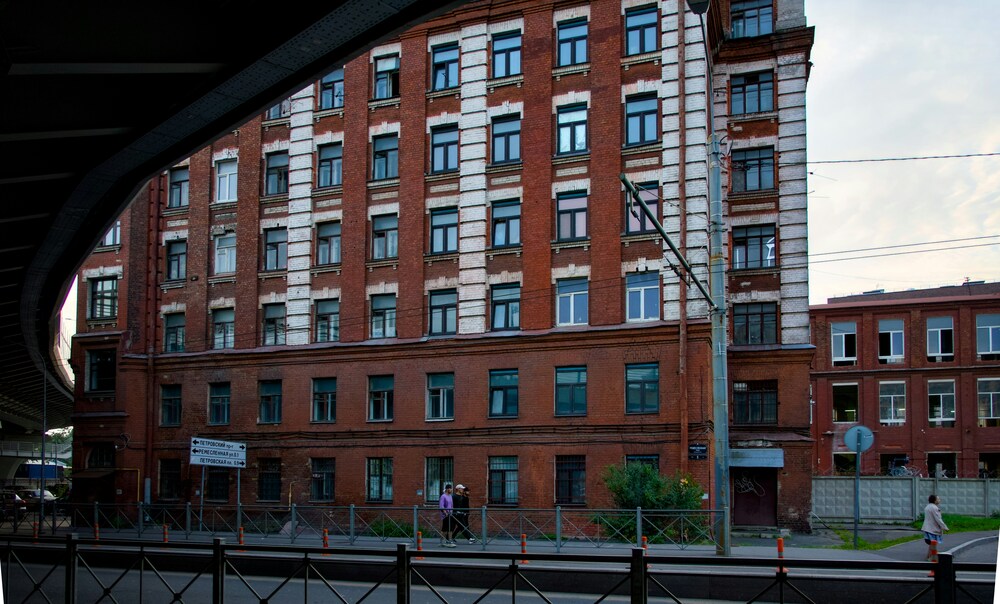- Home
- Articles
- Architectural Portfolio
- Architectral Presentation
- Inspirational Stories
- Architecture News
- Visualization
- BIM Industry
- Facade Design
- Parametric Design
- Career
- Landscape Architecture
- Construction
- Artificial Intelligence
- Sketching
- Design Softwares
- Diagrams
- Writing
- Architectural Tips
- Sustainability
- Courses
- Concept
- Technology
- History & Heritage
- Future of Architecture
- Guides & How-To
- Projects
- Interior Design
- Competitions
- Jobs
- Store
- Tools
- More
- Home
- Articles
- Architectural Portfolio
- Architectral Presentation
- Inspirational Stories
- Architecture News
- Visualization
- BIM Industry
- Facade Design
- Parametric Design
- Career
- Landscape Architecture
- Construction
- Artificial Intelligence
- Sketching
- Design Softwares
- Diagrams
- Writing
- Architectural Tips
- Sustainability
- Courses
- Concept
- Technology
- History & Heritage
- Future of Architecture
- Guides & How-To
- Projects
- Interior Design
- Competitions
- Jobs
- Store
- Tools
- More
How Adaptive Reuse In Architecture Is Giving Old Buildings New Life

Cities and landscapes are full of buildings with untold stories. Some stand as faded monuments to past industry, education or commerce, their original purpose long gone. But rather than being demolished, many are now being reimagined through adaptive reuse, a design approach that transforms old structures into vibrant, functional spaces for modern life.
What is adaptive reuse?
The formal definition of adaptive reuse is the process of repurposing an existing building for a new function while retaining elements of its original character, but what does this mean in practice?
Well, we’ve probably all seen examples of it, without necessarily giving it a name. The classic example is the vast former factory buildings converted into stunning apartments with high ceilings and exposed brick and pipe work. Or how about a former church reimagined with a large stained glass window becoming a living room centrepiece?
Instead of sending tons of demolition waste to landfill and consuming resources to build from scratch, adaptive reuse makes use of what’s already there, making it a far more environmentally friendly option. At the same time, it respects the architectural heritage, keeping visible reminders of the past alive in the urban fabric. For sympathetic refits, sources like www.salvoweb.com are invaluable.
The design challenges
Working with an existing building presents unique creative opportunities, but of course it comes with many challenges for architects and property developers alike. This can include:
Structural constraints – Designers must respect load-bearing walls, ceiling heights and materials that may not meet current building codes.
Preservation guidelines – Historical protections may limit changes to certain architectural features. Check historicengland.org.uk for more information.
Integrating modern systems – Incorporating modern heating systems, accessibility and digital infrastructure can be tricky and often requires some out of the box thinking.
For the right architect though, these limitations are an opportunity to create innovative solutions.
From ownership to opportunity
Adaptive reuse often starts with a change of ownership – someone with the vision to see potential where others see disrepair. Selling a building primed for transformation can be the catalyst for its new chapter and can be a hugely exciting opportunity for the right person.
Finding that right person can be the hard part. Selling a non-traditional property can sometimes present challenges, with regular buyers finding it harder to see the vision or to secure a mortgage for an unusual building. Platforms like www.sold.co.uk can be a game-changer here, offering an alternative cash buyer route and making the process faster and simpler, especially for owners who need a quick, secure sale. Selling through Sold can mean cash in the bank quickly, a safe secure process and a transparent approach to costs.
Adaptive reuse is more than a design trend, it’s a philosophy that respects the past while building for the future. For architects, it’s a chance to work within layers of history and put their skills to the test in exciting new ways. For communities, it’s a way to hold on to familiar skylines while welcoming new life within them. And for owners, it might just be the perfect moment to pass a space into the hands of those who can unlock its next story.
illustrarch is your daily dose of architecture. Leading community designed for all lovers of illustration and #drawing.
Submit your architectural projects
Follow these steps for submission your project. Submission FormLatest Posts
The Spatial Logic of Moving Your Wardrobe: Why Clothing Organization Shapes Your New Home
Moving disrupts every routine you’ve built. But here’s something most people don’t...
Clara Apartments Near UW: A Place That Feels Like Home
Starting college at the University of Washington (UW) is a very exciting...
Balancing Style and Function: Creating Comfortable Spaces Naturally
Creating a space that not only looks good, but also feels comfortable...
How To Choose The Right Chandelier For The Size Of Your Living Room
The right chandelier can transform your living room into a place you...












Leave a comment